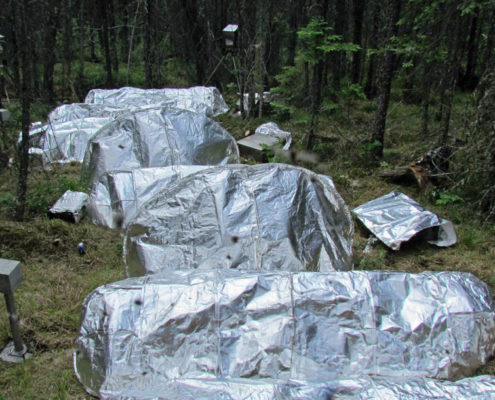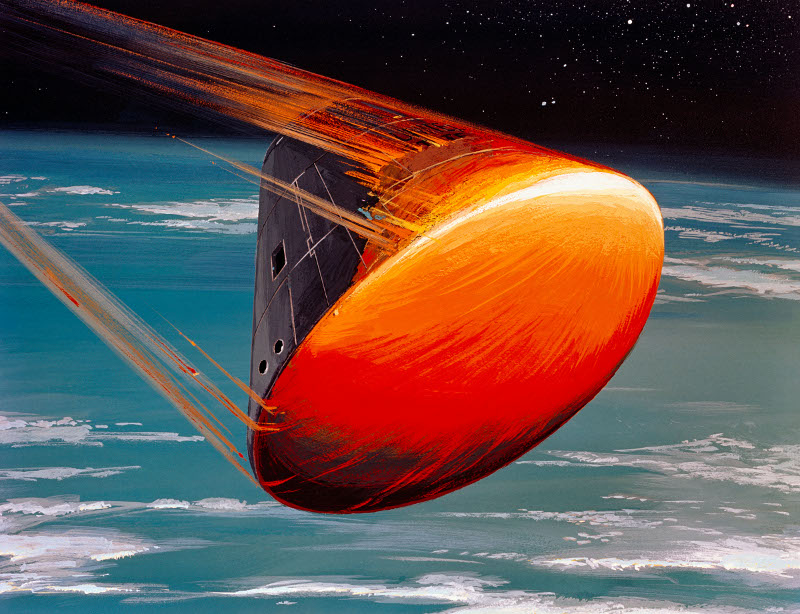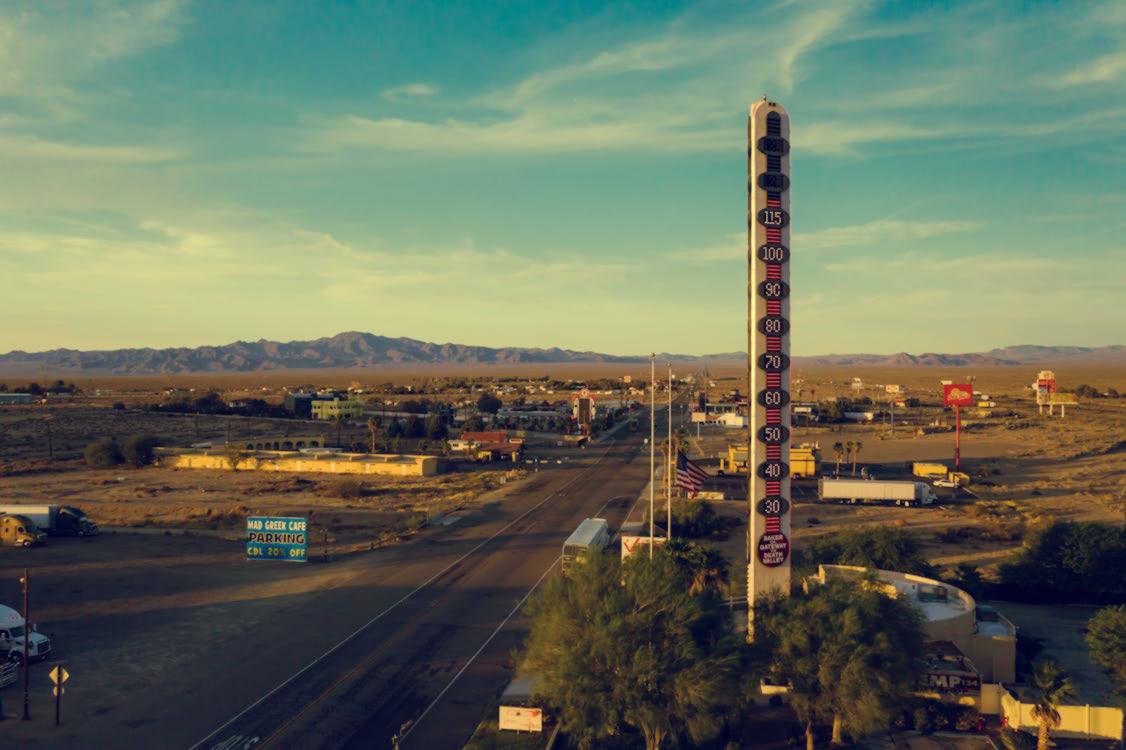One of the worst firefighter tragedies in history compelled NASA researcher, Mary Beth Wusk, to help develop a better emergency fire shelter. Wusk saw a news article on the Yarnell Hill Fire in Arizona in 2013, where a team of 19 Granite Mountain Hotshots firefighters was overrun with fire. The team deployed their emergency fire shelters, but unfortunately did not survive. Wusk thought the needs of an advanced fire shelter matched the needs of a project she was currently working on at NASA: Flexible thermal protection systems for space vehicle re-entry.
After some initial research and email correspondence, Wusk and co-researcher, Anthony Calomino, were put in touch with the Forest Service’s National Technology and Development Center. It turns out the Forest Service was already searching for new materials to construct an improved emergency fire shelter. NASA and the Forest Service formed a joint team, called CHIEFS (Convective Heating for Improvement for Emergency Fire Shelters). CHIEFS began testing materials and pattern designs with the goal of putting a new design into service by 2018.

Real-world test of the new Emergency Fire Shelter prototype during a controlled burn
The Future of NASA Heat Shields in Firefighting
Initial test results proved that the materials performed well, but the design itself had some flaws. Flames were still able to penetrate the shelter via tiny seams in the material or under the bottom. Though NASA’s contribution to the project is coming to an end, the Forest Service is continuing to evaluate additional designs using the NASA developed materials. The Forest Service plans to test these designs this coming fire season. They are hoping the winning design will be ready for firefighter use by their 2018 goal.
NASA Video on the new Emergency Shelter Technology
History of the Emergency Fire Shelter
Innovation Out of Tragedy
Firefighting remains a dangerous occupation, and on occasion firefighters still pay the ultimate sacrifice. Our country has a longstanding history of learning from our tragedies, and planning how to prevent them from happening in the future. The Loop Fire near Sylmar, California, in 1966 is an example of a deadly wildfire which led to a revolution in fire policy and safety protocols. That fire, which took the lives of 12 firefighters, yielded greater understanding and safety awareness of the perils posed by certain types of woodland terrain. It also prompted requirements related to lookouts, checklists, and equipment standards that are still in use today.
Sources:
https://www.nasa.gov/feature/langley/nasa-works-with-us-forest-service-to-improve-fire-shelters
https://www.nasa.gov/langley/nasa-technology-may-help-protect-wildland-firefighters
https://en.wikipedia.org/wiki/Yarnell_Hill_Fire
http://www.latimes.com/science/la-na-nasa-fire-shelters-20151026-story.html




